Useful Tips for Extending the useful life of a GC Capillary Column
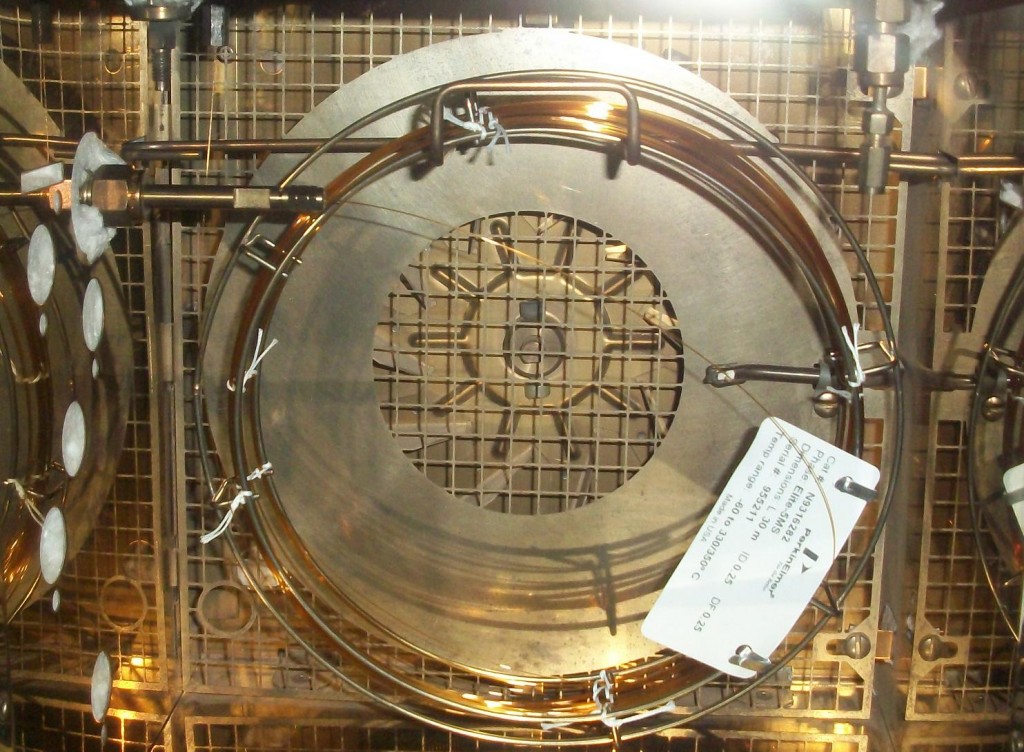

Like any other commodity a GC column has a finite life but it is a costly item and should be used with care so that you can take full benefit on your investment. GC column is a delicate item which can retain its operational characteristic s over an extended period provided its handling and operational guidelines are diligently followed.
In this article the possible causes of damage to the column are elaborated upon and guidelines to minimize such damage are suggested.
Breakage
Fused silica capillary columns are strengthened by polyimide coating. However, if scratched or abraded it will break easily. Weakened columns are liable to break due to thermal cycles in the oven or due to vibrations of the oven fan. A broken column can be fixed with a union but the column efficiency begins to degrade if more than two unions are used on a column.
Thermal Damage
Thermal damage becomes significant if a column is subjected for prolonged durations to elevated temperature above its temperature limits and particularly so in in presence of oxygen. At lower temperatures also (above 50°C) a column can get damaged if carrier gas is switched off. It is a good practice to switch off the carrier gas only after cooling the oven to ambient temperature. Common symptoms of thermal damage are peak tailing and column bleed. Gas lines and connections should be periodically inspected for leaks to ensure that oxygen does not gain access to the column.
Chemical Damage
Non-volatile compounds often degrade column performance. Residues resulting from such compounds can be removed by rinsing with solvents such as methanol, methylene chloride or hexane. More than one solvent can also be used in the rinsing process. Starting from an initial temperature of about \(40^O\) to \(50^OC\), program at a rate of 2 to \(3^OC\) per minute until the upper limit is reached and maintain the temperature for about 1-4 hours.
Inorganic acids or bases should be avoided in the samples. Most of the mineral acids and bases are not very volatile and accumulate in the front of a column. This results in excessive column bleed, peak tailing and overall loss of efficiency. Among organic compounds perfluoroacids acids cause damage to stationary phases. However, chemical damage is generally limited to the front end of the column so trimming ½- 1 m from the front often resolves the problem.
Storage of Columns
After removal from GC the column should be stored in its original box. GC septa should be used to plug the ends to prevent the debris from entering the column. However, before reuse 2 – 4 cm from column end should be trimmed to ensure small pieces of septa from entering the column.
A properly stored column can be used for the years together without any significant drop in its performance efficiency.

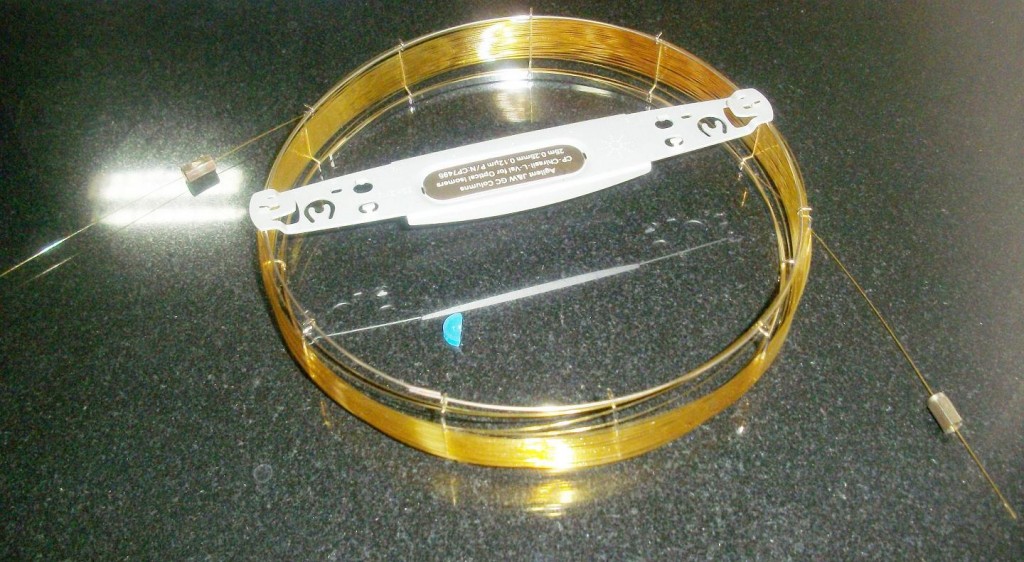
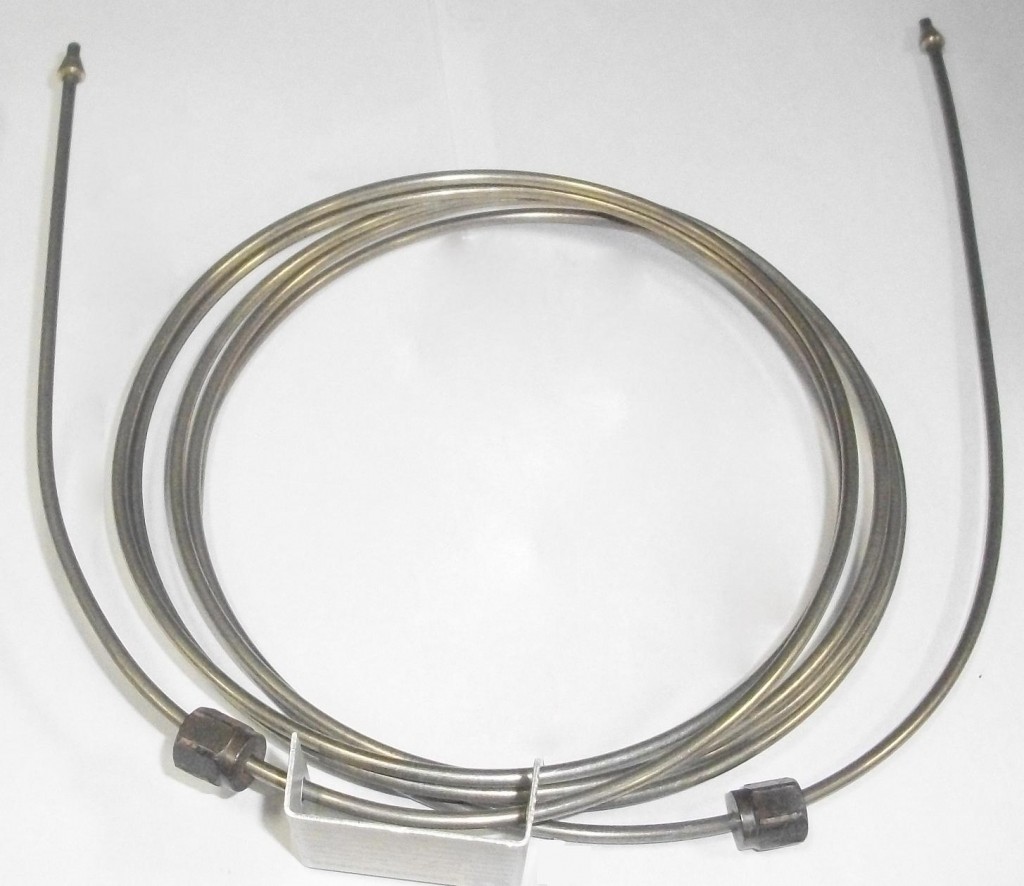
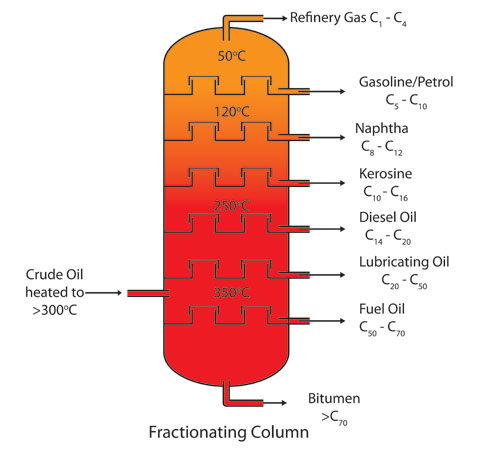

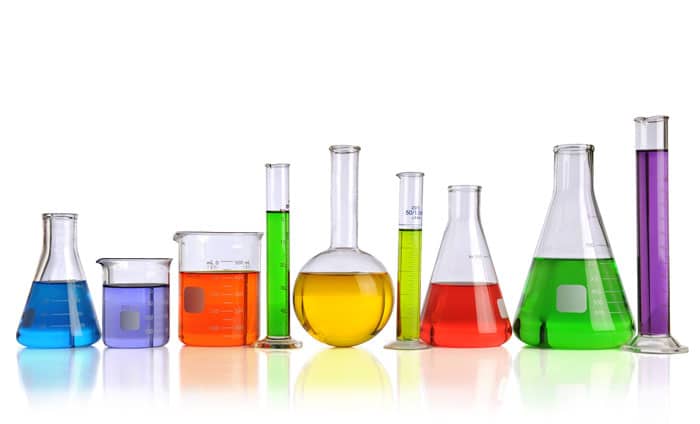
Excellent and informative information